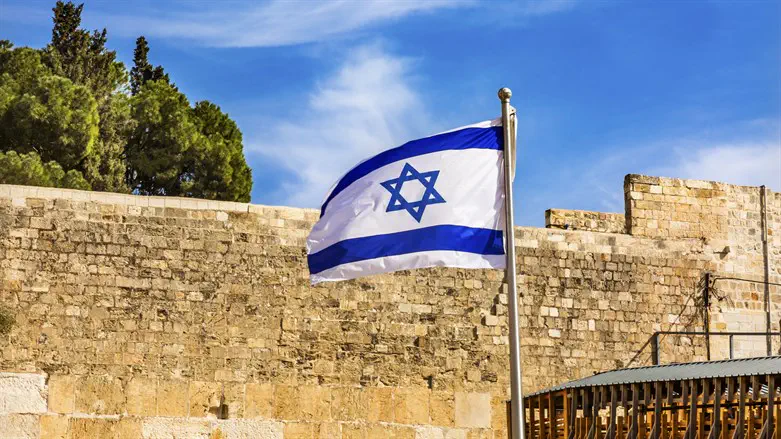
There is no transition more jarring, more emotional, or more uniquely Jewish than the one we live through each year between Yom HaZikaron and Yom HaAtzmaut.
On one day—we mourn. Sirens cry out, and an entire nation stands frozen. We remember our dead: the soldiers who fell so we could stand, the victims of terror who remind us that hatred toward Jews never needed a reason.
And every family feels it. Because in Israel, this isn’t theoretical. These aren’t distant names etched on stone. They are classmates. Cousins. Neighbors. They are our kids’ friends. Our friends’ kids. No one is untouched. The silence of Yom HaZikaron is not symbolic—it is personal. It’s raw. It hurts.
And then, as the sun dips below the horizon, something miraculous happens. We dance.
Yom HaZikaron ends, and Yom HaAtzmaut begins—not days later, not even hours—but immediately. From graves to guitars. From heartbreak to Hallel. From brokenness to barbecues. It feels impossible. And yet—it’s exactly who we are.
To be a Jew is to know how to rise.
This isn’t just a national tradition. It’s the very architecture of our identity. We were slaves in Egypt—beaten, broken, dehumanized. And then comes Pesach. Freedom. Exodus. A nation reborn from the depths of oppression.
We fast on Tisha B’Av, mourning the destruction of Jerusalem and every exile we’ve endured—and just six days later, on Tu B’Av, we celebrate love, unity, and the rebuilding of our people.
On Purim, we remember how we were marked for annihilation—and how God reversed the decree, turning fear into joy and mourning into celebration.
Even the week itself teaches us: six days of labor and struggle, crowned by the peace and light of Shabbat.
Jewish time is built on this truth: darkness comes first—but light always follows. Our story has never been linear. It is cyclical.
We fall. We rise.
We mourn. We build.
We lose. We return.
It’s not just resilience. It’s who we are.
The State of Israel was born not in peace, but in pain. Not in ease, but in sacrifice. It was built by survivors and soldiers, refugees and dreamers. Every inch of this land was paid for in blood and hope. Every apartment built, every child raised, every olive tree planted, every line of Torah learned—is living proof that death did not win.
We don’t celebrate despite our grief. We celebrate because of it. Because we are still here. Because we remember—and we rebuild. Because to rejoice in this land is our answer to those who tried to erase us.
To be a Jew is to live with both days in your soul. To walk from a funeral to a festival—and know that both are sacred. To sing even when your voice cracks. To rebuild when your hands are still bleeding. We are not confused. We are clear. Grief and joy are not opposites. They are partners. They hold each other. They strengthen each other.
This is what it means to be a Jew. To be an Israeli.
To carry more than three thousand years of heartbreak—and still choose life. To bury the fallen—and raise the flag. To cry with the nation—and then dance with it.
This is who we are. This is who we’ve always been. This is who we will always be.
A people who remembers.
A people who rises.
A people who lives.